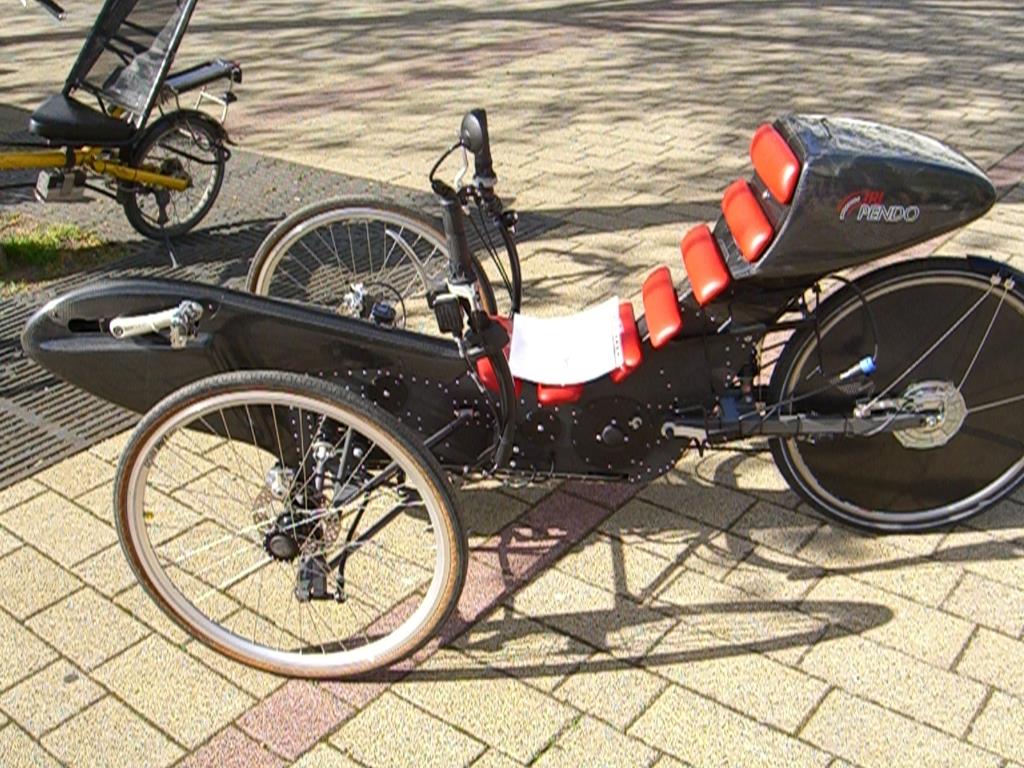

One of the main considerations regarding an observed tooth crack is the question of when to intervene. Diagnosing cracks and treatment planning for tooth longevity are critical factors for helping patients maintain their teeth. We see tooth cracks each day in our patient treatment.


Tooth cracks are a common occurrence in dentistry. Having an understanding of crack origin, etiology, symptomology and prognosis can provide better diagnosis and patient communication and may save a catastrophe from happening to our patients. The question is: could the tooth crack be recognized, and could the outcome from the crack have been predicted in order to avoid a dental catastrophe? This article is written to help dentists recognize and categorize tooth cracks. A tooth may be lost! This can represent a complete disaster that can include emotional, financial and functional considerations. Depending upon the crack position and degree, the result may be catastrophic. But this situation carries a much greater amount of concern. What about tooth cracks? Again, a very uneasy feeling. They are all concerning questions, but all manageable situations. Rightfully so! For instance, a crack in a wood chair: Is the chair going to break when someone sits in it? A crack in a floor: is someone going to trip and fall? Or a crack in a tree branch: is the branch going to break off?Īll are possibilities and valid questions regarding the cracks described. Also annoying when she does it to me! I only have the other one to compare w/, so this could be normal but I'm not sure.Cracks! The term conjures up a feeling of uneasiness or concern. I don't know if this is some nutritional deficiency (she was a very starved and skinny stray when I got her), or if it is b/c she scratches excessively-besides scratching on the post, carpet, etc, she does this weird thing where she scratches whatever she is laying on the entire time that she bathes herself-really weird, I know. It has gotten to where I don't trim her claws anymore b/c I'm afraid of making it worse.

Somtimes they also bend at the tip, and later the tip (about 2 mm)will come off w/ the sides like a shell. The other one's claws look as if they're cracked into thirds, and when the sides split off, it seems to expose raw, soft flesh (the quick?). My other's cat's claws shed off in thin layers on the sides, and leave a normal looking lcaw underneath. I'm concerned b/c my younger kitty's claws look unhealthy to me. I have 2 kitties, both still have their claws.


 0 kommentar(er)
0 kommentar(er)
